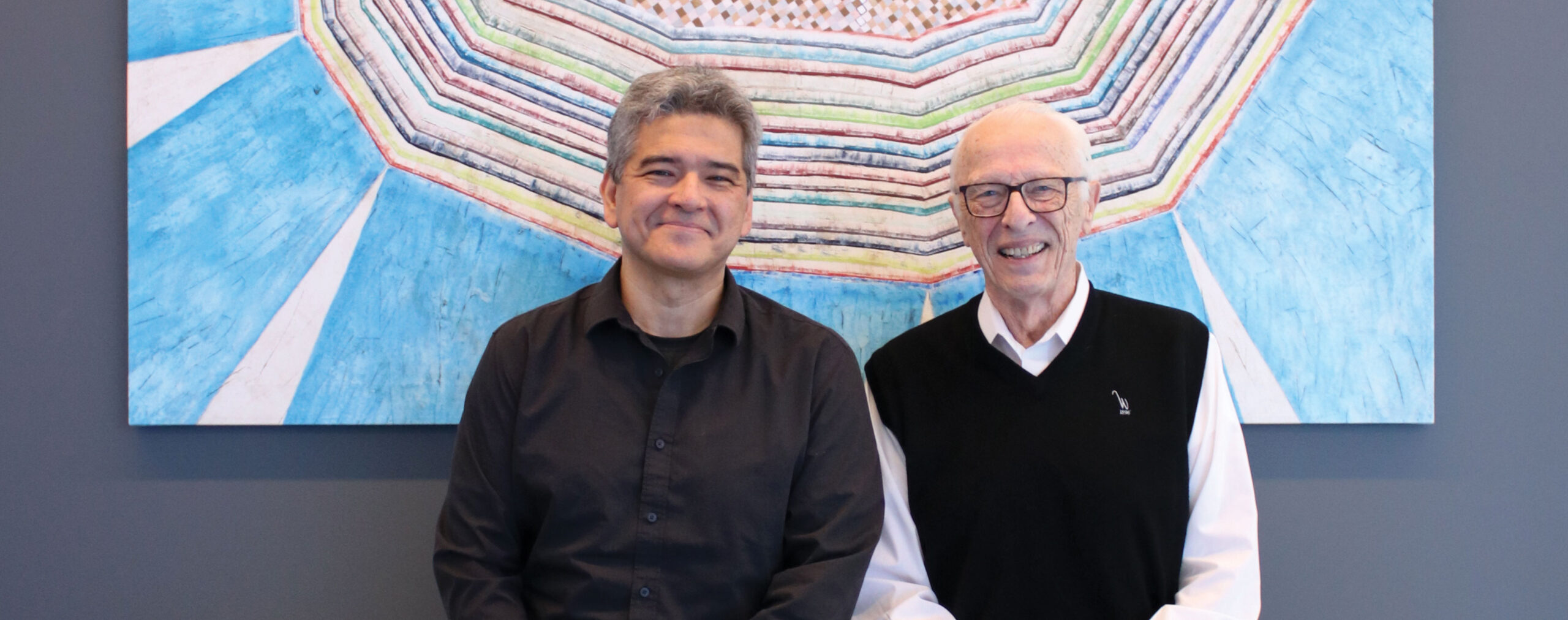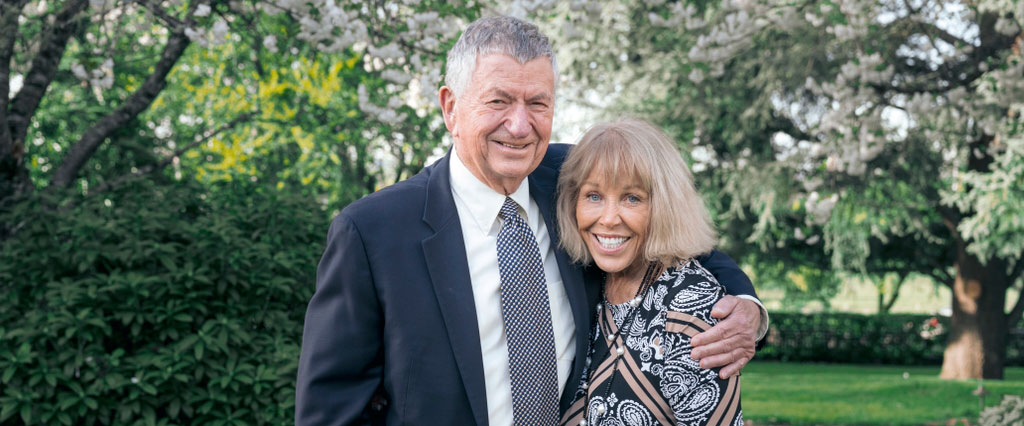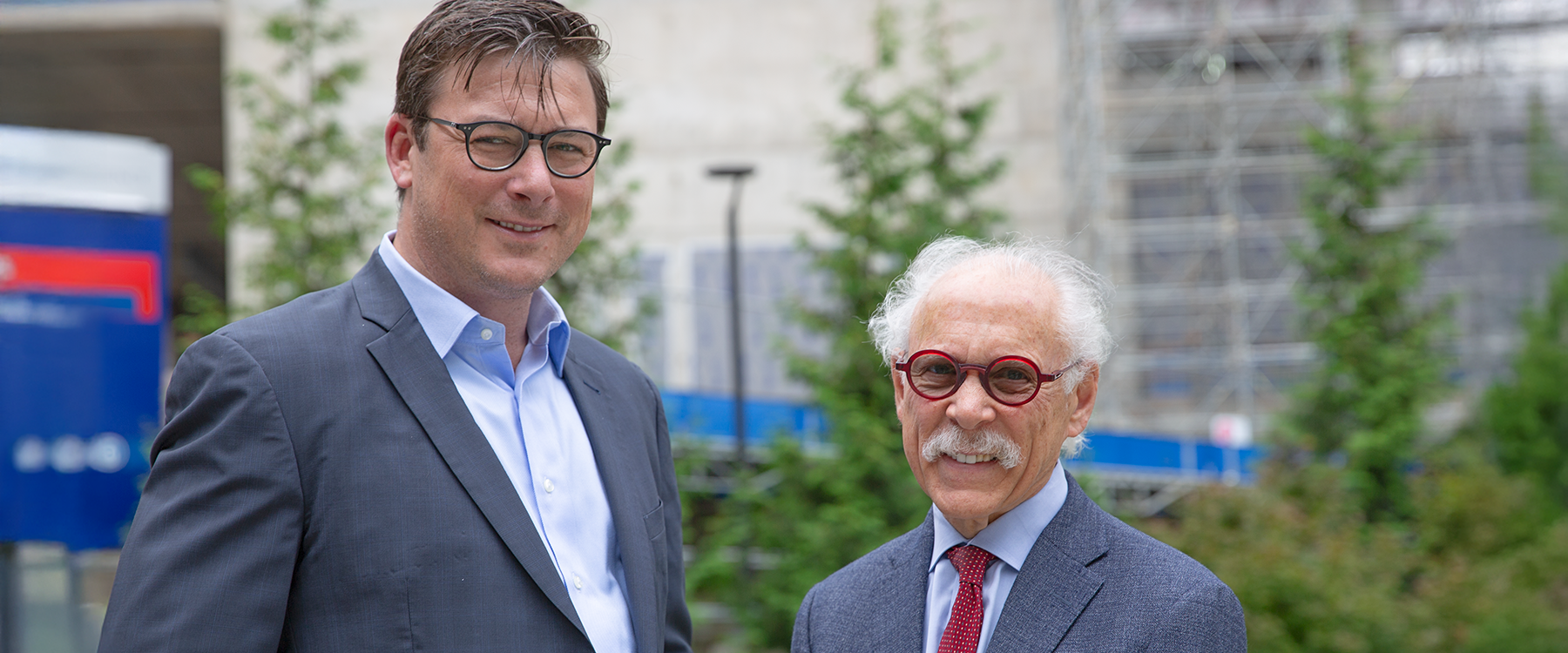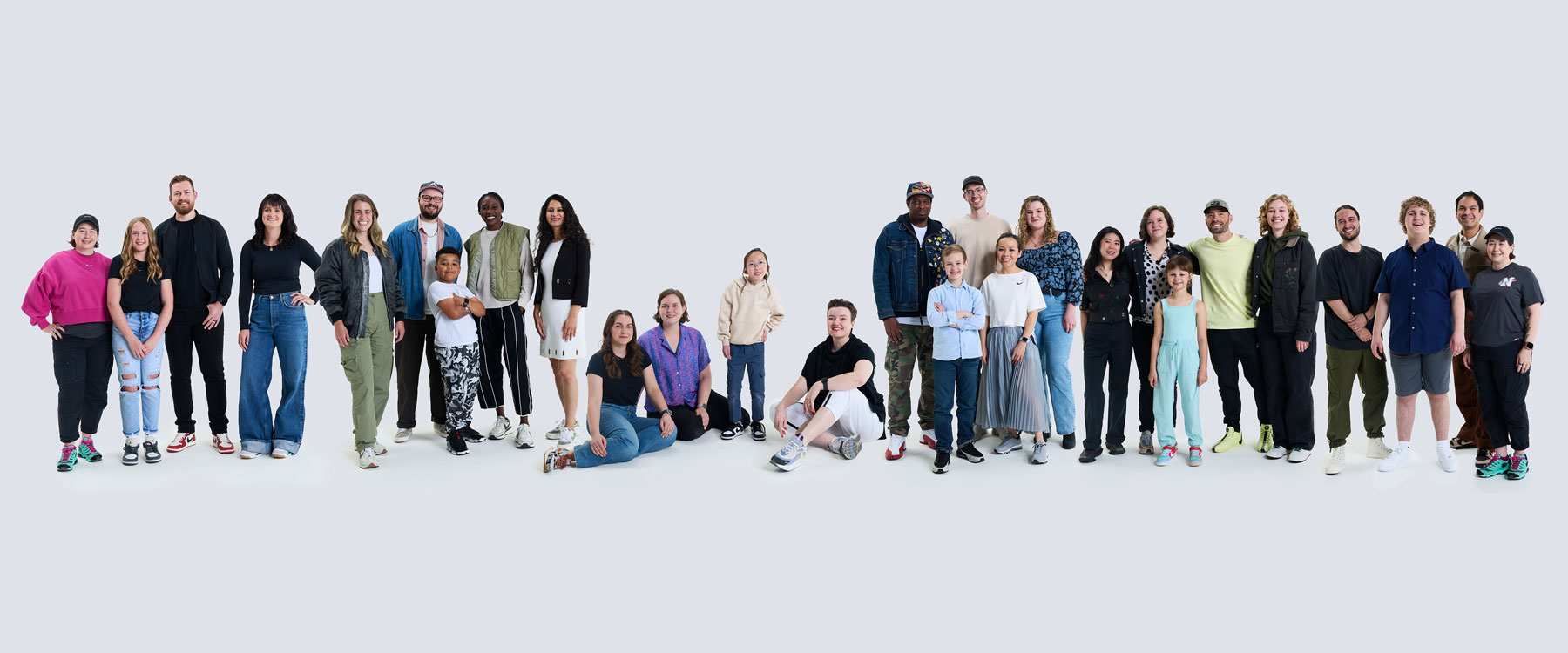By Darby Kendall
For Ignite Magazine
Frederick “Fritz” Fraunfelder, M.D., remembers the field of ophthalmology before the OHSU Casey Eye Institute ever existed.
He transformed the specialty in Oregon after founding the institute in 1991. He may be best remembered for laying the groundwork for Casey Eye to become the powerhouse it is today, but Fraunfelder isn’t ready to stop advancing the institute’s impact on the health care landscape. Now nearly 90 years old and happily retired, Fraunfelder is turning to philanthropy to continue supporting Casey Eye’s legacy of groundbreaking discoveries, exceptional care and improving the lives of millions through treating ocular conditions.
According to Fraunfelder, philanthropy is an essential element in his happy retirement. “There is scientific data that for people who philanthropically give, it makes them feel better,” he said. “They have increased longevity, decreased blood pressure, decreased depression. People feel good.”
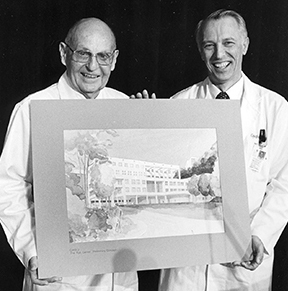
Fraunfelder knows the importance of private philanthropy when it comes to progress in ophthalmology. Back when he and Kenneth Swan, M.D., were establishing the Casey Eye Institute, Fraunfelder led the nearly 100% private fundraising that built the Marquam Hill facility and broadened its mission to include research capabilities. Fraunfelder has made a qualified charitable distribution from his IRA and has left the Casey Eye Institute in his will. When exploring his philanthropic options, he worked with OHSU Foundation development officers to ensure his gift would have the largest impact possible.
“The fastest growing [area] in philanthropy is within health care because, I think, people are seeing that we have a dysfunctional health service. They realize as they get older, they’re spending more time with doctors than they ever thought, ” Fraunfelder said. “Health care is an excellent choice to help people, and helping people is what philanthropy is. The basis of philanthropy is to make somebody else’s life better.”
Fraunfelder believes in the work the Casey Eye Institute has done to improve lives across Oregon and the Pacific Northwest, but it’s the people of Casey Eye that give him faith in the future impact of his investment. People like Andreas Lauer, M.D., who serves as Casey Eye’s current director and holds the Margaret Thiele Petti and August Petti Chair of Ophthalmology.
“We have done very, very well with quality leadership over the years.” Fraunfelder passed the baton of director to Joseph Robertson, M.D., M.B.A., in 1997, who in turn passed it to David Wilson, M.D., and then to Lauer. This intentional succession of visionary leadership has built a solid foundation for innovation and discovery. “Andy [Lauer], as Casey’s newest director, is fantastic,” Fraunfelder reflected. “During my years here, people kept saying from outside how well the Casey faculty got along together. In my discussions with Andy, we keep coming back to people. And as I look back on my life, it’s people [who make a difference].”
Thanks to Casey Eye’s strong community, the institute has become internationally acclaimed for its extensive research and patient care for inherited eye disorders and gene therapy. Casey Eye also champions community outreach, offering free mobile clinics around the state and providing free vision screenings to preschoolers through the Elks Children’s Eye Clinic.
“The basis of philanthropy is to make somebody else’s life better.”
Fritz Fraunfelder
As director, Lauer sees firsthand the impact donor funding has on research within the institute. He explained that without outside capital, a lot of exciting developments would be put on hold. “In order to land major grant support, you need to have some data to show that [the research] is promising,” said Lauer. Private donations are a critical source of funding for researchers conducting the preliminary research needed to access transformational government grants.
Philanthropy like Fraunfelder’s supports more than research. “Many of the activities that a trainee would engage in are supported by things other than clinical care or research dollars. It really requires philanthropy,” Lauer explained. “For example, with our surgical simulation lab, the whole point is to make sure that young surgeons have a lot of practice so that when they are operating on actual patients, they’re going to be a lot safer and more effective and provide better surgical care for folks. That kind of technology is not possible without philanthropy.”
Both Lauer and Fraunfelder eagerly look forward to what the future of ophthalmology will bring. With progressions in artificial intelligence, ophthalmic imaging and telehealth, Casey Eye is poised on the precipice of inspiring growth. As for Fraunfelder, he’s confident that his giving back will pave the path forward.
“I think my greatest happiness about Casey Eye is that, in a number of areas, we’re one of the best in the world. We are — and I use ‘we’ because we’re a Casey family — playing at that [global] level in so many areas,” Fraunfelder said. “I’m just so proud of the Casey Eye Institute, its people and its impact.”
